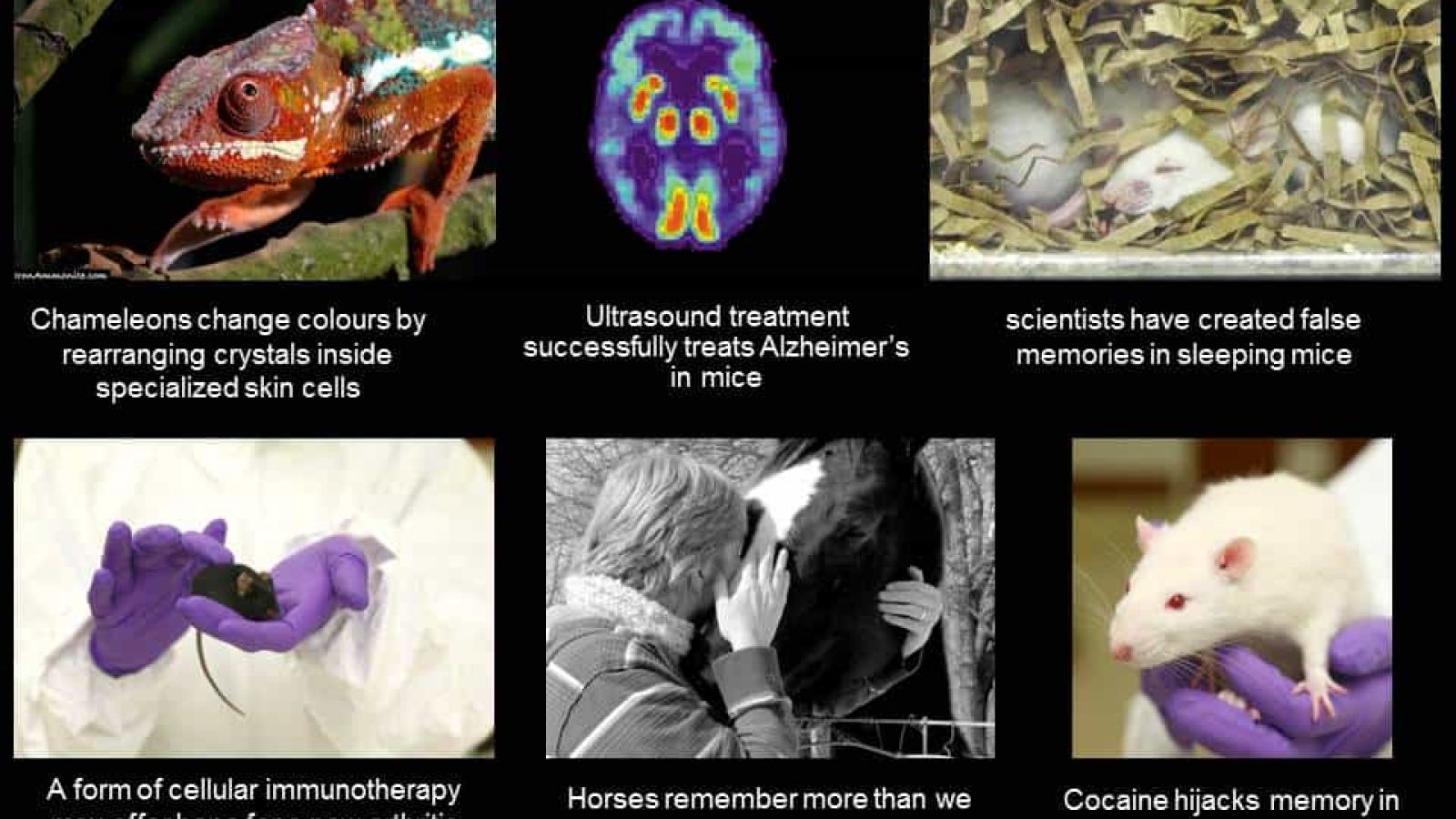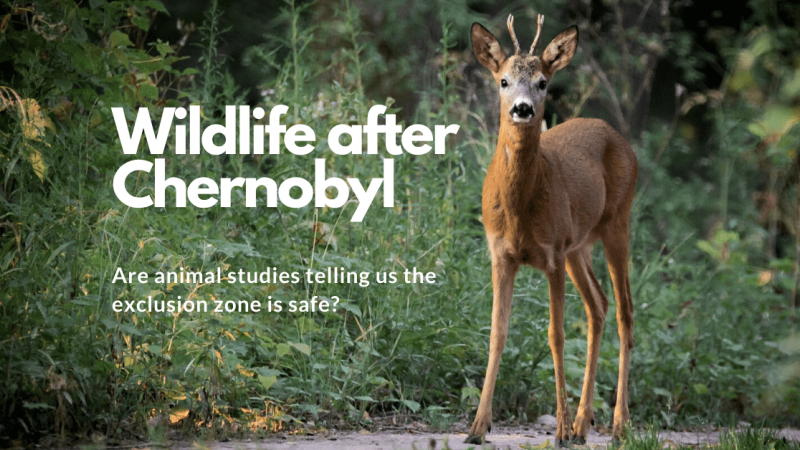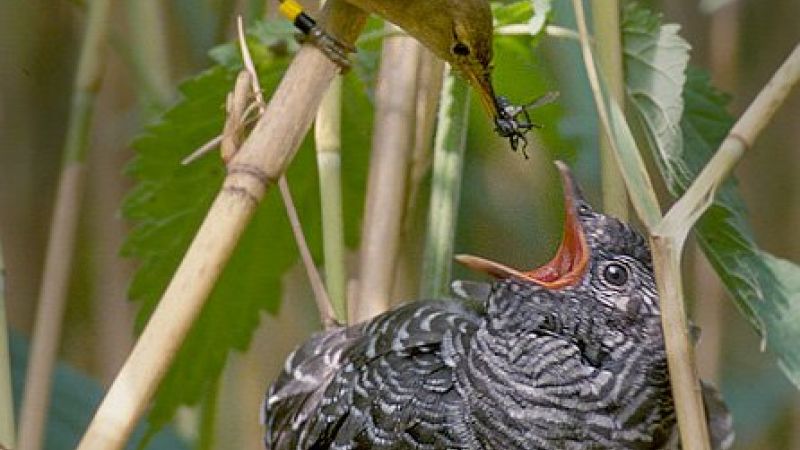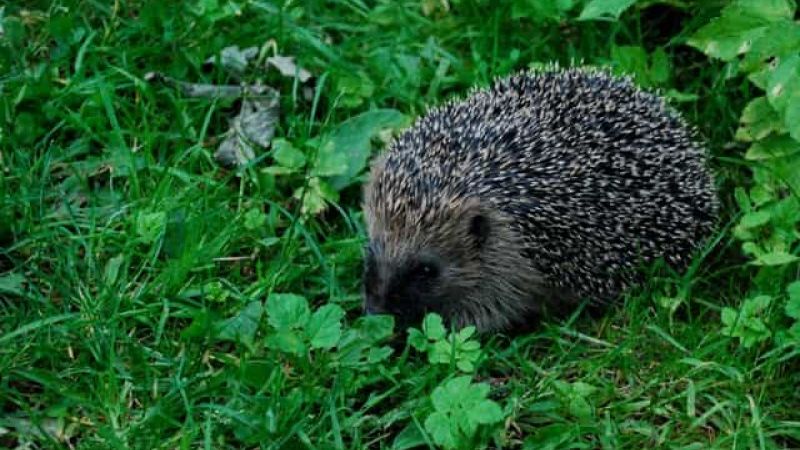09/03/15
Behavioural researchers are looking at the memory abilities of horses. Researchers hid carrots under a bucket and forced horses to wait 10 seconds before retrieving them. They did so slower, with less wrong buckets, than the control group.
Dr Baragli said.
"To our knowledge this paper is the first to demonstrate that horses are able to make a choice based on information obtained by environmental stimulus (humans), and then the same horses can change their behavioural strategy based on experience to better solve the same problem,”
http://www.bbc.com/…/20150306-horses-remember-more-than-we-…
10/03/15
Scientists have created false memories in sleeping mice by stimulating the part of the brain associated with specific places and the reward centre of the brain. Whenever the mouse thought about a specific location, and the place cells lit up, the reward centre of the brain was stimulated. When the mice woke up, they headed straight for the happy-associated location. It is thought this research could benefit PTSD patients.
Steve Ramirez, a neuroscientist at MIT, said:
"It demonstrates a little bit of mastery over how the brain works. In future it should be possible to dampen the punch of traumatic memories in people."
http://www.theguardian.com/…/rodent-recall-false-but-happy-…
A form of cellular immunotherapy may offer hope for a new arthritis treatment. Scientists managed to alleviate the symptoms of a rheumatoid arthritis mouse model by the intravenous administration of M-MDSCs.
John Wherry, Deputy Editor of the Journal of Leukocyte Biology said:
"Cellular therapies using cells from the immune system are revolutionizing clinical treatments for cancer and other diseases, but typically use T cells. These new studies not only identify a potential role for the myeloid derived M-MDSCs in cellular therapies, but also demonstrate that these types of approaches may be effective in autoimmune diseases."
http://www.alnmag.com/…/treatment-shuts-down-arthritis-mous…
11/03/15
Researchers have discovered how chameleons change colours: they rearrange crystals inside specialised skin cells. Reptiles make colours in two ways, they have cells full of pigment for warm or dark colours, but brighter blues and whites come from light bouncing off physical elements like these crystals – structural colours. To create and shift from all sorts of colours, chameleons use a combination of both pigment and structural colorization. When changing colours, the patterns of the crystals inside the cells change and rearrange. This is the first time that reptile skin has been shown to change colour thanks to this kind of geometrical shift. Beneath, a second layer of cells may be used by the animal to reflect the sun’s warming rays and keep them cool.
http://www.bbc.co.uk/news/science-environment-31819588
12/03/15
Ultrasound treatment successfully treats Alzheimer’s disease in mice. Rodents were found to have improved memories after treatment by focused beams of ultrasound, without any apparent damage to brain tissue. The ultrasounds stimulate microglial cells, which form part of the brain’s immune system, to engulf and absorb amyloid plaques. The technique proved very successful at clearing tangles of plaques in the mice brains, removing up to 75% of them. This is the first demonstration that ultrasound waves alone have a beneficial effect on the condition. Despite the debate as to whether plaques are a cause or a symptom of the disease, the treated mice showed improved memory. The research will still need several years before it can be tested in humans, and will have to be tested in sheep first.
“Our research was very exploratory and we really didn’t expect to see such a massive effect,” Juergen Goetz of the University of Queensland in Brisbane, one of the study authors, said. “I’m really excited by this.”
http://www.theguardian.com/…/alzheimers-breakthrough-as-ult…
13/03/15
Cocaïne hijacks memory in rats. Researchers have found the cells linked to a mechanism in the brain that facilitates the role of memory in drug addiction. Memories associated with drug use are a leading suspect in driving the impulses behind drug addiction. Drug use creates memories so powerful they hijack the system, turning physiology into pathology. Pinpointing the neuronal pathway opens a new area of research for targeted therapy that would alter or disable the mechanism and make drug addiction less compulsive.
Turning off the mechanism is “diminishing the emotional impact or the emotional content of the memory, so it decreases the motivation to relapse,” said Barbara Sorg, a professor of neuroscience at Washington State University
http://www.alnmag.com/news/2015/03/cocaine-hijacks-memory-rats?et_cid=4457935&et_rid=762765857&type=cta
Last edited: 6 April 2022 08:44




